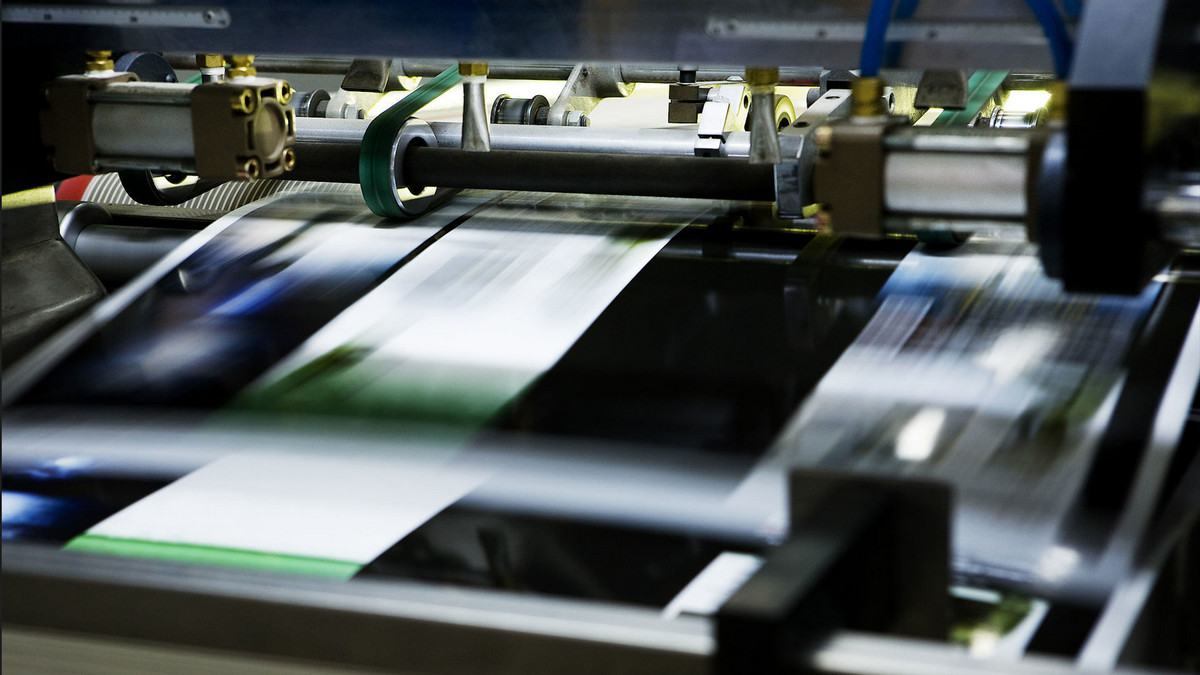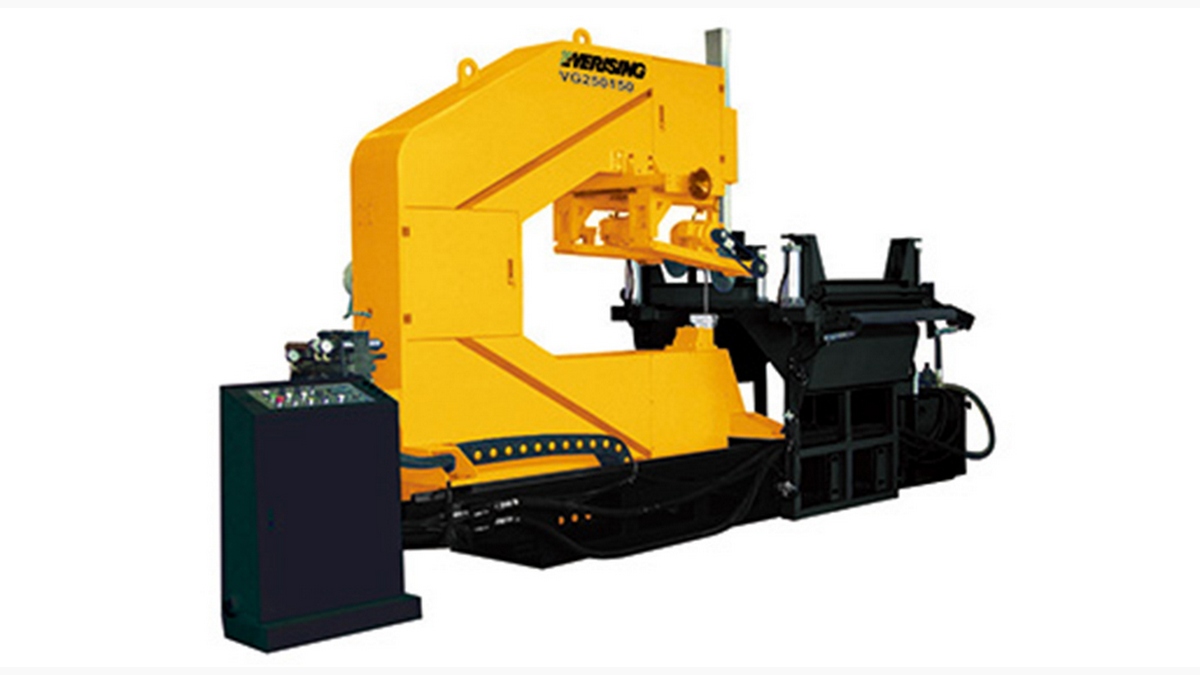Motion control encompasses every technology related to the movement of objects. Motion control is also referred to as Servo Control or Robotics and is implemented in industrial processes to move specific loads in a controlled way. It is the core technology of factory automation and is the real-time management of the position and speed of mechanical moving parts according to the expected motion trajectory and specified motion parameters.
Motion control is the core technology of factory automation, which originated from the early servo control. Simply put, motion control is the real-time management of the position and speed of mechanical moving parts, so that they can move according to the expected motion trajectory and specified motion parameters.
This technology can be applied to industrial machinery and high-precision CNC machine tools that require precise positioning control or speed control. In industries that require high product cutting precision, a well-functioning motion control system is indispensable, such as: automobile, solar energy, semiconductor, electronic industry, etc.
The establishment of the motion control system must integrate various software and hardware technologies, which not only requires theoretical performance evaluation, but also considers the operating characteristics of the machine itself in actual operation. Whether the operation of the industrial machine can be carried out, in addition to the system The basic functional requirements include controlling the position and speed of each axis. Cost, system stability, frequency of use, warranty service, scalability and compatibility with other software and hardware are all factors to evaluate motion control systems.
Motion control system in recent years, with the development of the Internet, different operation modes have been developed. Machines and equipment can be connected to the whole plant equipment for real-time monitoring and manipulation during operation. The PLC motion control mode in the past was due to PLC controllers are also gradually replaced by PC-Based controllers.
If the controller is divided by structure, the controllers currently seen in the industry can be roughly divided into two types: PLC-Based and PC-Based. PLC-based technology and PC-based technology are two representative control technologies in the field of automatic control, and the technology origin and development of the two are quite different.
PLC was produced in the early 1970s, and its main functions are only simple logic sequence control functions. Once the PLC appeared, it showed strong vitality with its high reliability, small size and intuitive programming mode, and became the mainstream product in the field of automatic control.
PC-based is more used for monitoring the running status of equipment. Compared with PC-based, PLC-based has the advantages of flexible configuration, small size, adaptability to harsh environments, strong anti-interference, and high reliability, but it is worse than PC-based in terms of software functions and system openness.
With the continuous development of computer technology and control technology, PLC-based and PC-based are absorbing each other's advantages to adapt to more applications. For example, the application of PLC in packaging equipment is far more than the application of PC-based in packaging equipment. PC-based is a control system based on PC technology.
The earliest PC-based control system is based on the industrial computer, and PC-based has advantages in computing, storage, and software openness. There are obvious differences in technical characteristics between PLC-based and PC-based. PLC has small size, low power consumption and strong anti-interference ability; it has high reliability, and its average failure rate interval can reach 500,000 or even 1 million hours; it has a simple and intuitive programming mode.
And PC-based has powerful computing power and has open standard system platform and PCI interface, beautiful and low-cost display technology. But the reliability of the system is slightly worse, for example, the average time between failures of IPC with better performance is about 50,000 hours. However, with the advent of the PC and network era, industrial PC or PC-based controllers have gradually replaced the active industrial automation in the past due to the basic characteristics of network systems, that is, high performance, low price, system openness, and basic advantages. PLC in the control area.
Because PC-based products have the basic characteristics of the network, PC-based controller products have strong vitality and develop rapidly as soon as they come out. Some people say that PC-based controllers will replace traditional PLC-based controllers. Of course, security and stability issues must be resolved first.
In recent years, these problems have been basically solved, and PC-based controllers can be similar to PLC-based controllers in terms of appearance and reliability. The introduction and widespread adoption of the IEC61131-3 programming language standard has paved the way for the rapid development of PC-based controllers. In this way, PC-based controllers not only have the advantages of PC, but also have the advantages of traditional PLC. It can be seamlessly integrated into the information system of the Internet age.
With the advancement of PCs and networks, many applications related to digital systems have also advanced rapidly. Microcontrollers with high-speed computing speed such as single-chip and digital signal processors are continuously introduced into the distributed control system, which makes various application systems gradually move towards the trend of professional division of labor. Among them, the motion control system is a good case.








.png)





